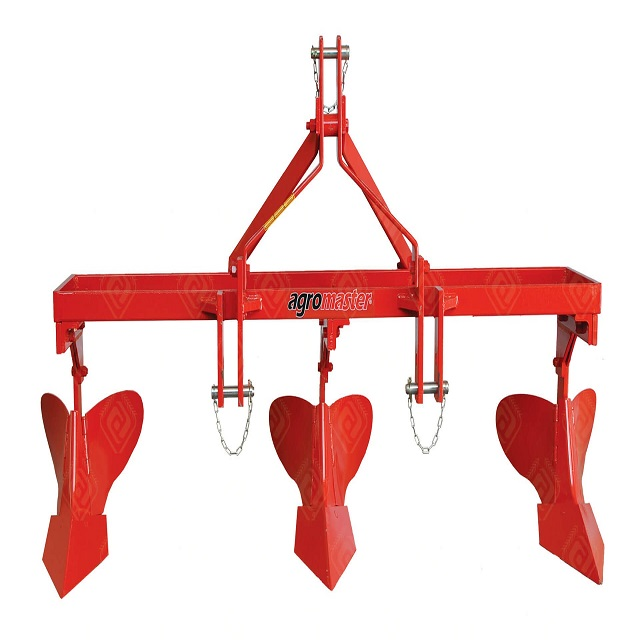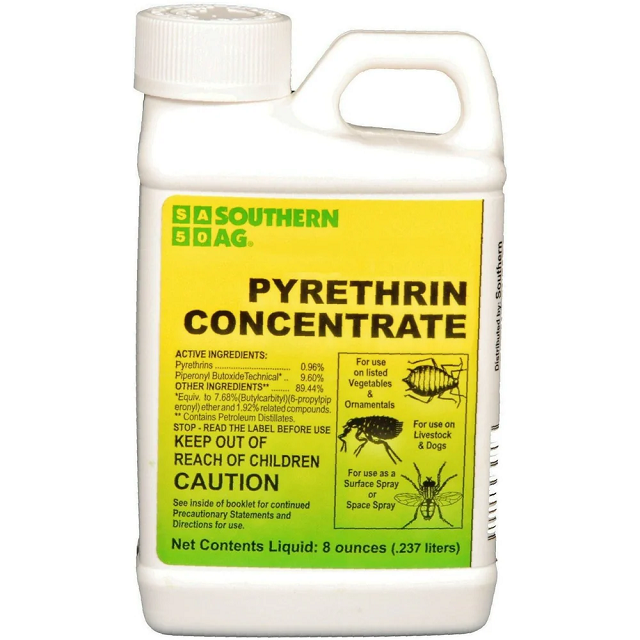
Objective lenses in microscopes play a crucial role in revealing the hidden world of tiny organisms and structures. Let’s explore their purpose, types, and functions:
Purpose and Function of Objective Lenses:
Types of Objective Lenses:
Factors Affecting Objective Lens Performance:
Choosing the Right Objective Lens:
Caring for Objective Lenses:
No review given yet!
 Free shipping on all orders over UGX 1 Millon
Free shipping on all orders over UGX 1 Millon
 Safe & Secure Online Payment Solutions or cash on Delivery
Safe & Secure Online Payment Solutions or cash on Delivery
 7 Days Return Policy
7 Days Return Policy
 Authentic Products with MONEY BACK GUARANTEE 100% money back guarantee
Authentic Products with MONEY BACK GUARANTEE 100% money back guarantee




